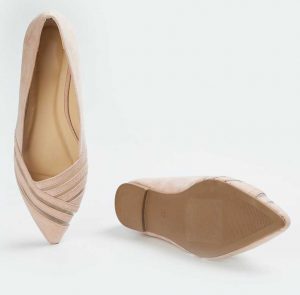Shoe making is an intricate process that involves various steps and techniques. In this article, we will discuss the shoe making process and the different stages that are involved in the production of shoes.
The shoe making process starts with the design stage. The designers create the shoe designs, and these designs are then sent to the production team. The production team then creates a prototype of the shoe. This prototype is tested to ensure that it meets the required standards.
Once the prototype is approved, the production team begins the manufacturing process. The first step in the manufacturing process is the cutting of the shoe materials. The materials used for making shoes include leather, rubber, and synthetic materials. The shoe materials are cut according to the shoe pattern.
After the materials are cut, they are then assembled. The assembly process involves stitching the different parts of the shoe together. The shoe upper is attached to the sole, and the shoe is then finished with the necessary details, such as laces, buckles, or zippers.
The next stage in the shoe making process is the quality control stage. The shoes are inspected to ensure that they meet the required standards. The shoes are checked for defects, and any defects are corrected. After the shoes pass the quality control stage, they are packaged and shipped to the retailers.
The time it takes to make a pair of shoes depends on the type of shoe and the manufacturing process used. On average, it takes about 15 to 20 days to make a pair of shoes. However, some shoes may take longer to make.
In conclusion, the shoe making process is a complex and intricate process that involves various stages and techniques. From the design stage to the quality control stage, each stage of the process is crucial in ensuring that the final product meets the required standards.





